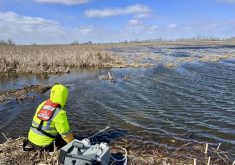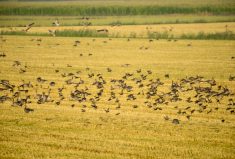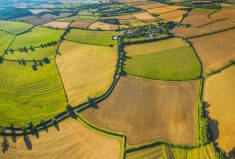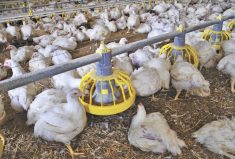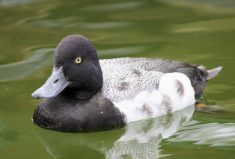The Ontario Wildlife Damage Compensation Program has changed. The program is designed to help farmers whose livestock, poultry or bees have been killed or injured by predators.
Why it matters: The changes are designed improve access to compensation once livestock is lost to predators.
Some key changes include:
- More ways to provide sufficient evidence to provide wildlife predation;
- A more independent and transparent appeal process;
- Better training for municipal investigators to assess predation;
- Compensation that better reflects the market prices.
Read Also
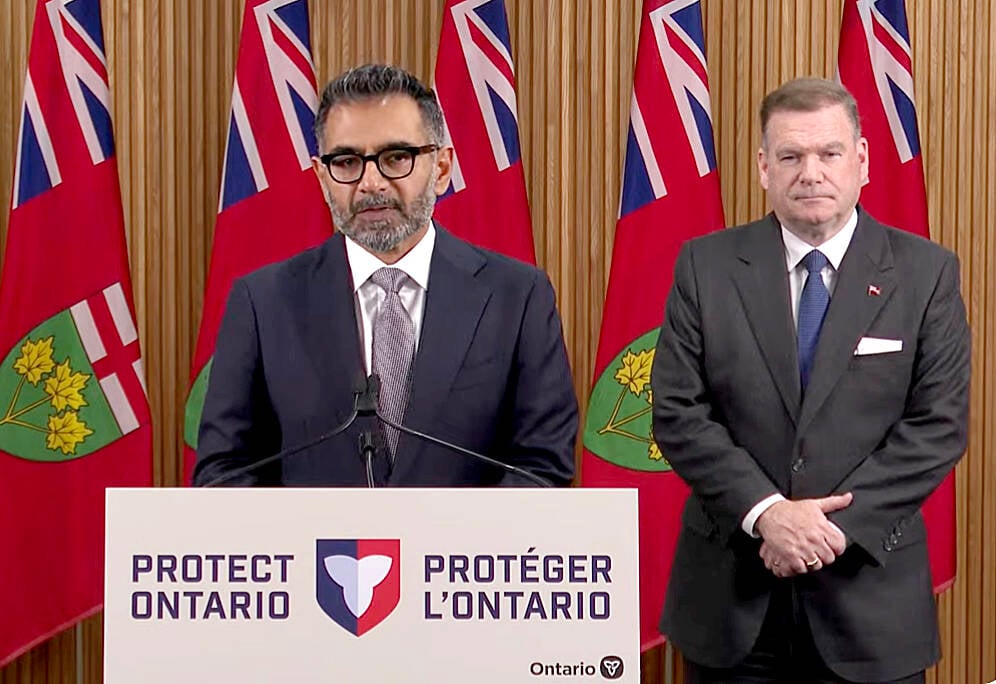
Conservation Authorities to be amalgamated
Ontario’s plan to amalgamate Conservation Authorities into large regional jurisdictions raises concerns that political influences will replace science-based decision-making, impacting flood management and community support.
The changes were implemented earlier this year.
The OWDCP is a part of the Canadian Agricultural Partnership, a five-year, $3-billion federal-provincial-territorial funding program.
In 2018, OMAFRA undertook an evaluation of the program to ensure it delivering services to individuals effected in a transparent and efficient manner.
Other changes include:
- Beef heifer and steer/bull calves are assumed to weigh 530 and 560 pounds respectively, rather than 500 lbs.;
- Newborn and calves up to one month of age are to be compensated at 75 per cent of weaning value, compared to previous 70 per cent. Value increases by five per cent each month until full value at six months of age;
- Maximum compensation for a bee colony increased from $150 to $250;
- Maximum compensation for beehive-related equipment is now $100;
- Pregnant heifers will be valued as pregnant cows; owners must provide ultrasound report or breeding records;
- Pregnant ewes and does will be compensated one-and-a-half times the fair market value set out in the standardized pricing tables up to the maximum compensation value for unregistered sheep or goats;
- Pregnant ewe lambs will be valued as pregnant ewes and pregnant kids valued as pregnant nanny goats. Breeding records or ultrasound reports are required.
The program is moving away from three pillars of evidence to investigators requiring documentation of both primary and secondary evidence.
The primary evidence involves a full or partial carcass, along with evidence that the animal was healthy and alive before the attack and evidence the attack occurred.
The secondary evidence includes additional supporting information that can help to show the predation may have been the cause of death or details providing factors that may have impacted the evidence.
Owners who feel a decision is unacceptable may request a review, but applications marked incomplete or ineligible cannot be appealed.
When faced with livestock that have been injured or killed, owners must follow a six-step program.
1. Ensure the animal’s well-being, seek veterinary care or treatment to prevent further suffering.
2. Notify the municipality within 48 hours of discovering the animal. If in a territory with no municipality organization, farmers must notify OMAFRA.
4. Prepare documentation; a valid farm business registration number and valid premises identification number for the property where the damage or kill occurred is required.
5. Complete and sign the first page of the application once the municipal investigator has arrived.
6. The owner is responsible for disposing of the carcass within seven business days, even if the investigator has not yet visited the site.
More information can be found at the OMAFRA website.




